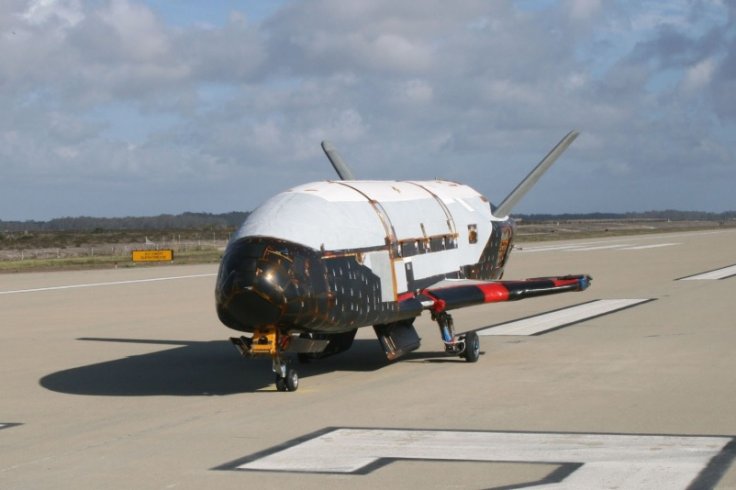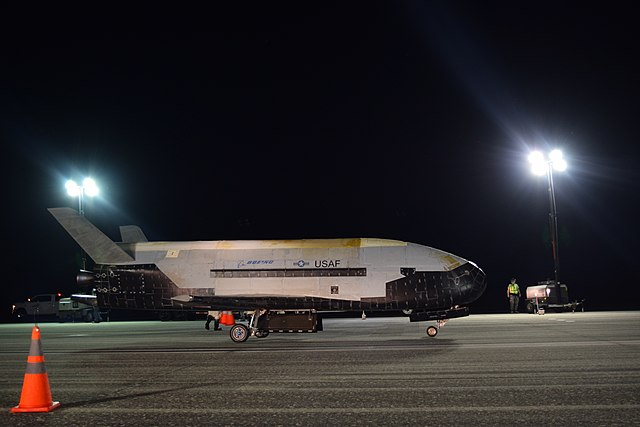An official from the US Air Force has revealed the details of the experiments that the mysterious test aircraft X-37B will carry out during its upcoming mission. This marks the first time that the mission details of the space plane were revealed to the public. The Orbital Test Vehicle (OTV), also known as the X-37B, was developed by Boeing for the US Air Force. Although it has spaceflight capabilities, it can de-orbit and land on the ground like a traditional airplane.

X-37B's OTV-6 mission
Earlier this month, it was revealed that the Air Force was preparing for the sixth unmanned experimental mission of X-37B. The mission, dubbed OTV-6, is expected to launch on May 16 from the Cape Canaveral Air Force Station in Florida via the Atlas V rocket, a launch vehicle developed by Boeing and defense contractor Lockheed Martin. Based on its previous test flights, which lasted for more than 700 days in space, X-37B will most likely spend around two years in Earth's orbit for the OTV-6 mission.
Mystery surrounding X-37B
Ever since reports of the X-37B came out, the Air Force has been very secretive regarding its purpose and the objectives of its mission. The military branch only noted that the main objective of the X-37B aircraft was to explore the development of reusable technologies in space.

Confirming X-37B's experiments
For the first time, however, an official from the military branch has confirmed the details of the experiments that the space plane will carry out in its upcoming mission. The confirmation was made by Air Force Secretary Barbara M. Barret during a recent webinar hosted by the Space Foundation. As Barret discussed the details of OTV-6, she appeared alongside General John William Raymond of the US Space Force.
According to Barret, X-37B will carry three experiments for its upcoming mission. These include three experiments from NASA. "One is a sample plate evaluating the reaction of select significant materials to conditions in space," Barret explained during the webinar. "The second studies the effect of ambient space radiation on seeds. A third, designed by the Naval Research Laboratory, transforms solar power into radio frequency microwave energy, then studies transmitting that energy to Earth."









